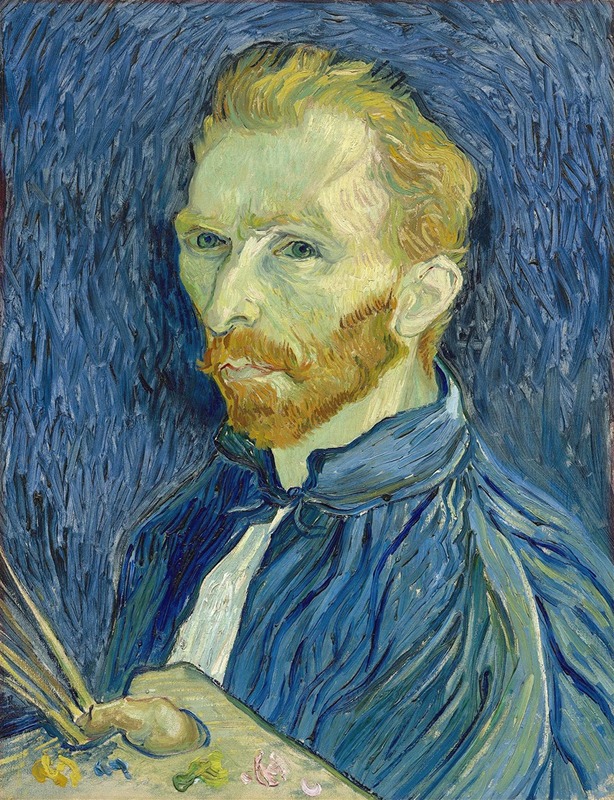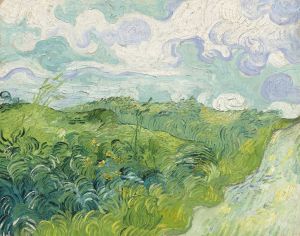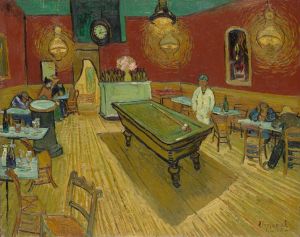
Self-Portrait
A hand-painted replica of Vincent van Gogh’s masterpiece Self-Portrait, meticulously crafted by professional artists to capture the true essence of the original. Each piece is created with museum-quality canvas and rare mineral pigments, carefully painted by experienced artists with delicate brushstrokes and rich, layered colors to perfectly recreate the texture of the original artwork. Unlike machine-printed reproductions, this hand-painted version brings the painting to life, infused with the artist’s emotions and skill in every stroke. Whether for personal collection or home decoration, it instantly elevates the artistic atmosphere of any space.
Vincent van Gogh's self-portraits are among the most iconic works in the history of art, showcasing the artist's unique style and emotional depth. One of these self-portraits, commonly titled Self-Portrait, was painted in 1889 during Van Gogh's stay at the asylum of Saint-Paul-de-Mausole in Saint-Rémy-de-Provence, France. This particular painting is widely recognized for its vivid brushwork, intense color palette, and introspective quality.
The self-portrait was created during a period of personal and artistic struggle for Van Gogh. After a series of mental health crises, including the infamous incident in which he severed part of his own ear, Van Gogh voluntarily admitted himself to the asylum in May 1889. While there, he continued to paint prolifically, using art as a means of self-expression and therapy. This self-portrait is believed to have been painted in late summer or early autumn of that year.
In the painting, Van Gogh depicts himself in a three-quarter view, wearing a blue jacket and a greenish background that swirls with dynamic brushstrokes. His face is rendered with striking detail, capturing his piercing gaze and the tension in his expression. The use of complementary colors, such as the contrast between the orange tones of his beard and the blue of his clothing, is a hallmark of Van Gogh's style. The brushwork is energetic and textured, contributing to the emotional intensity of the piece.
This self-portrait is often interpreted as a reflection of Van Gogh's state of mind during his time at the asylum. However, Van Gogh himself did not leave extensive written commentary on this specific work, so interpretations are largely based on the visual elements and the context of his life at the time. It is worth noting that Van Gogh painted multiple self-portraits throughout his career, using them as a means of studying his own features and experimenting with different techniques.
The painting is currently housed in the Musée d'Orsay in Paris, France, where it is part of a significant collection of 19th-century art. It remains one of Van Gogh's most celebrated works and continues to captivate viewers with its raw emotional power and masterful execution.













